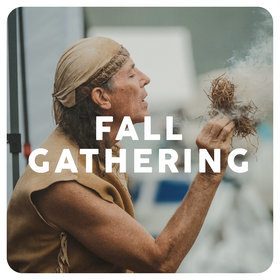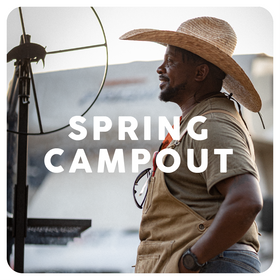
How Purify Water in the Outdoors
Hydration is essential when hiking and camping in the summer, as the combination of physical exertion and hot weather can lead to rapid dehydration. Add in the humidity that we're sure that many of our Southern readers are familiar with, and you compound the need to stay on top of hydration needs. Adequate water consumption not only helps maintain bodily functions but also supports optimal mental and physical performance, which is essential for staying safe while enjoying the outdoors.
To ensure safe drinking water from natural sources, here are three effective purification methods for you to consider in the backcountry.
How to Purify Water

Boiling: Boiling water is one of the oldest and most reliable ways to destroy harmful pathogens. Let the water boil for at least a minute (or longer at higher altitudes) to make it drinkable. This method is simple but requires a heat source and time. And of course, when it's hot outside, you might not want to fire up the stove or build a fire, but if it's the only purification method available, it's important to remember that dealing with the fire or stove is way better than dealing with waterborne illness down the road.
Water Filtration: To avoid the hassle of boiling it's best to carry a portable filtration system. They come in a variety of sizes, and portable water filters or purifiers with a micron rating of 0.2 or less can effectively remove bacteria, protozoa, and some viruses from water sources. These devices physically filter impurities when the water passes through a fine mesh or ceramic filter. However, it's worth noting that not all filters are created equal.

The GRAYL brand of filtration bottles is one of our favorites. They use a combination of electroabsorptive, ion exchange, and activated carbon media to filter water. The filter is freeze resistant up to three freeze/thaw cycles and they're rated to filter out 99.99% of virus, bacteria, and protozoan cyst. Plus, they remove many chemicals, including chlorine, benzene, PFAS, and VOCs. And if that isn't impressive enough they filter out heavy metals, pesticides, and particulate. All of this is as simple as filling the outer container from a wild water source and pushing the inner section down, forcing the water through the filter element.

The GRAYL purifier bottles are available in a variety of sizes and their Ti series include an outer cup that's great for drinking a hot beverage or covering boiling duties if the need arises.

If you need to filter water for a group, other options, like the Sawyer Squeeze systems can be used in a gravity filtration set up in camp when connected to a water bag or bladder. Plus, the Sawyer filter threads onto common water bottle sizes in a pinch.

Chemical treatment: Chemicals such as iodine tablets or chlorine dioxide can be used to chemically treat water, killing bacteria, viruses, and protozoa. Follow the manufacturer's instructions for proper dosage and exposure time. This method is lightweight and easy to carry, making it perfect for an EDC kit or stashing some tablets away in your WAZOO Cache Belt.
Be sure to follow the manufacturer's recommendations for time and expiration dates on treatment drops and tablets. When used outside of the specific instructions, these methods aren't nearly as effective, and you could find yourself dealing with a nasty waterborne illness.
With so many easy methods to make wild water suitable for drinking, there's no reason not to carry one, or even two, when you venture out. As nice as it would be to just drink from whatever stream you happen across, you never know what natural or man-made contamination it might be hiding.


